Last year I succumbed to a sale of bookshelf speakers at half price. My idea was to listen to music in my bedroom, feeding it from my NUC form factor computer that I had rescued in this tale, and using a cron job to wake me up to music.
I connected them to a spare stereo amplifier kit from about 40 years ago, using then emerging all-in-one amplifier ICs. The sound quality left a lot to be desired. Strangely it was bass heavy when I expected that it would sound tinny. And I heard distortion at peaks, most likely the 2W output limit of the chip was reached.

Earlier this year a change in living arrangements meant that I no longer had a desktop in the bedroom, all the better not to be distracted by computers there. Now the main computer is the workhorse in the living room.
I thought of various methods to link the speaker to the workhorse, including using a Raspberry Pi on the WiFi LAN. I also needed a better amplifier. Then I saw ads in AliExpress for very efficient and high power Class D amplifiers for about $10 and only matchbox sized, like the one depicted. After enjoying a chuckle at the alarmingly poisonous device in the English translation I noted that it could be fed from a bluetooth stream.

I bought one and assembled it (only the included tiny Philips screwdriver is needed), connected it up to an old 18V laptop power supply, and the aforementioned speakers, and I was able to stream music with bluetooth from my smartphone to it. Pretty good sounding too.
The last piece of the setup was to add bluetooth capability to my workhorse. I bought a bluetooth dongle for about $5 from AliExpress.
After going through setup travails recorded in my technical blog here and here, I was able to stream audio from my workhorse to the bedroom.
Unfortunately it was at the limit of the dongle's range. Walking into the path of the radio waves would disrupt the stream. Reasoning that it was due to it being plugged into the front panel of my workhorse and too close to the ground, I decided to position it higher. I found an old USB A to mini USB cable (long since superseded by micro and C cables), cut off the mini USB connector, and soldered the wires to a USB socket, creating a USB extension cable, as shown in the photo.
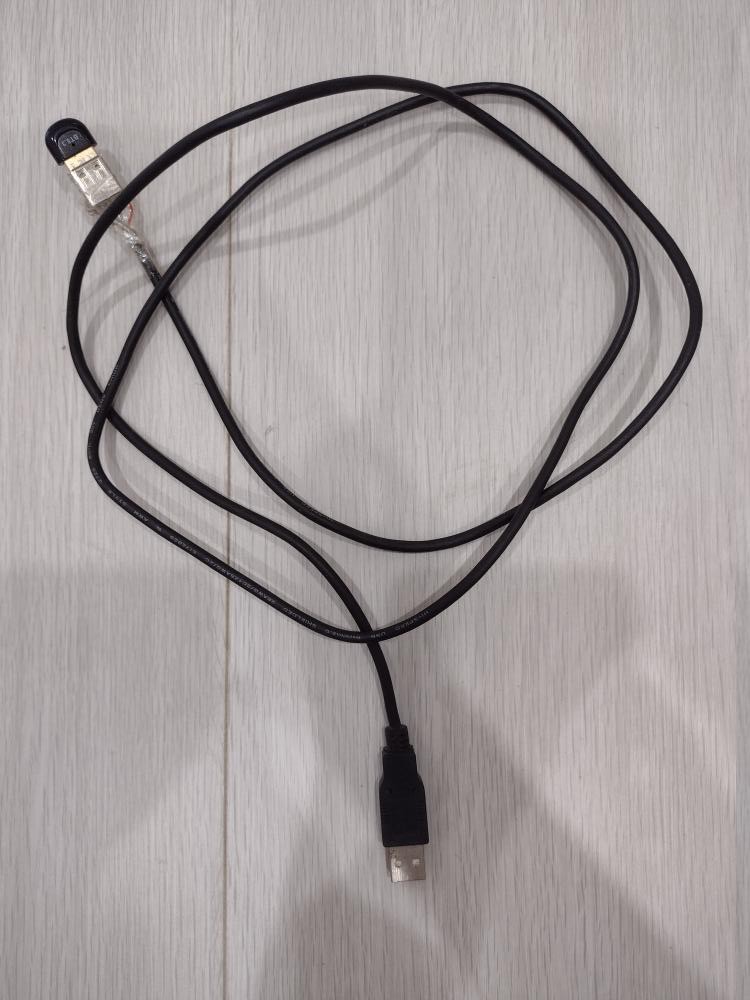
I then positioned the dongle higher on the equipment rack. Now reception was reliable and I could enjoy fine music. Happy listening.
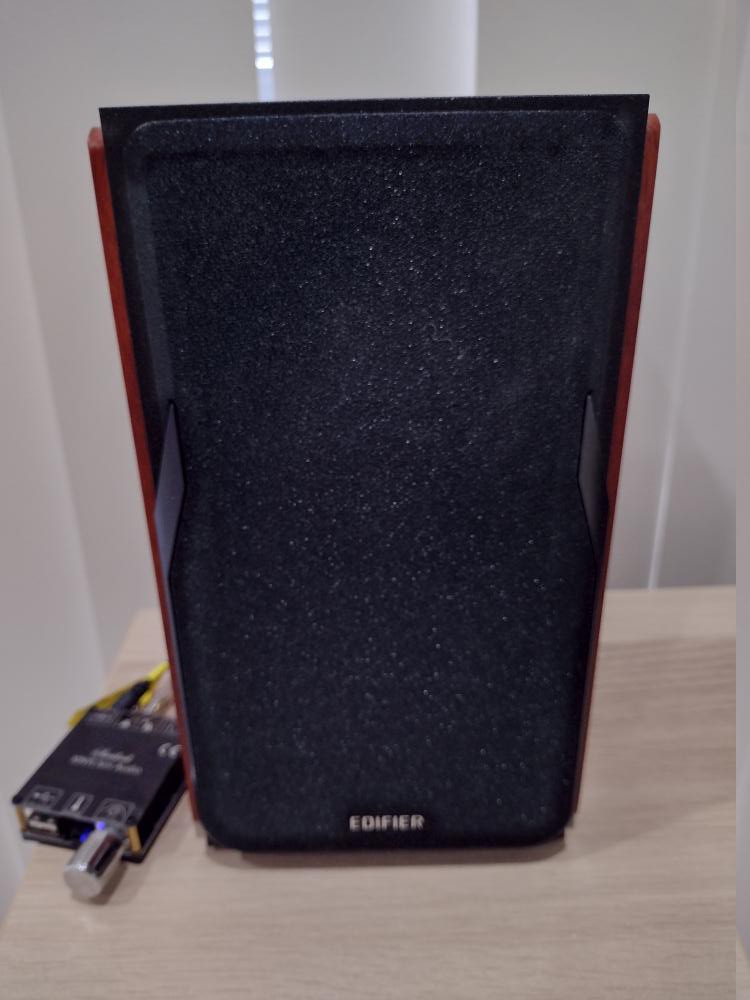
 Ken Yap
Ken Yap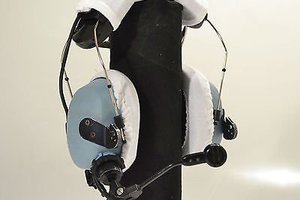
 Joni
Joni
 Raphael
Raphael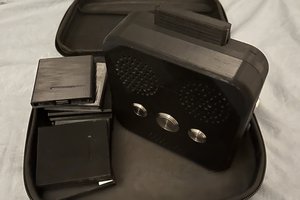
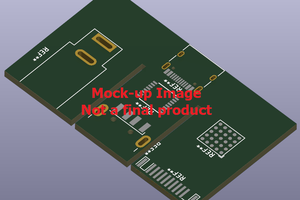
 Torbjörn Lindholm
Torbjörn Lindholm